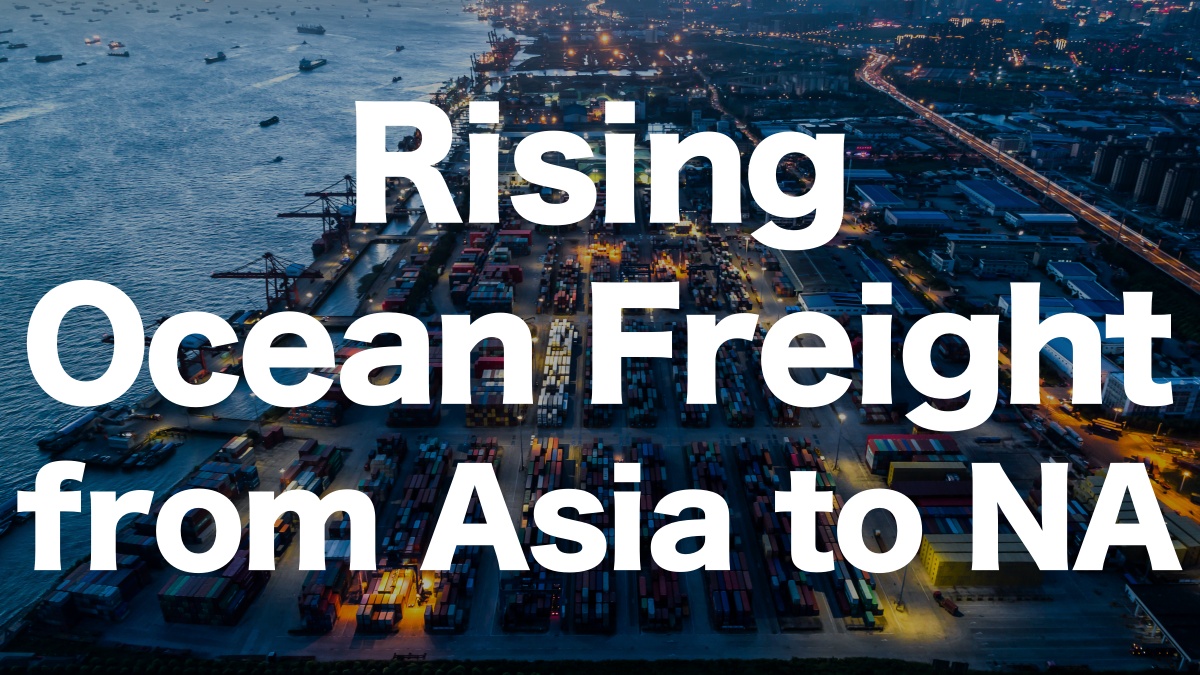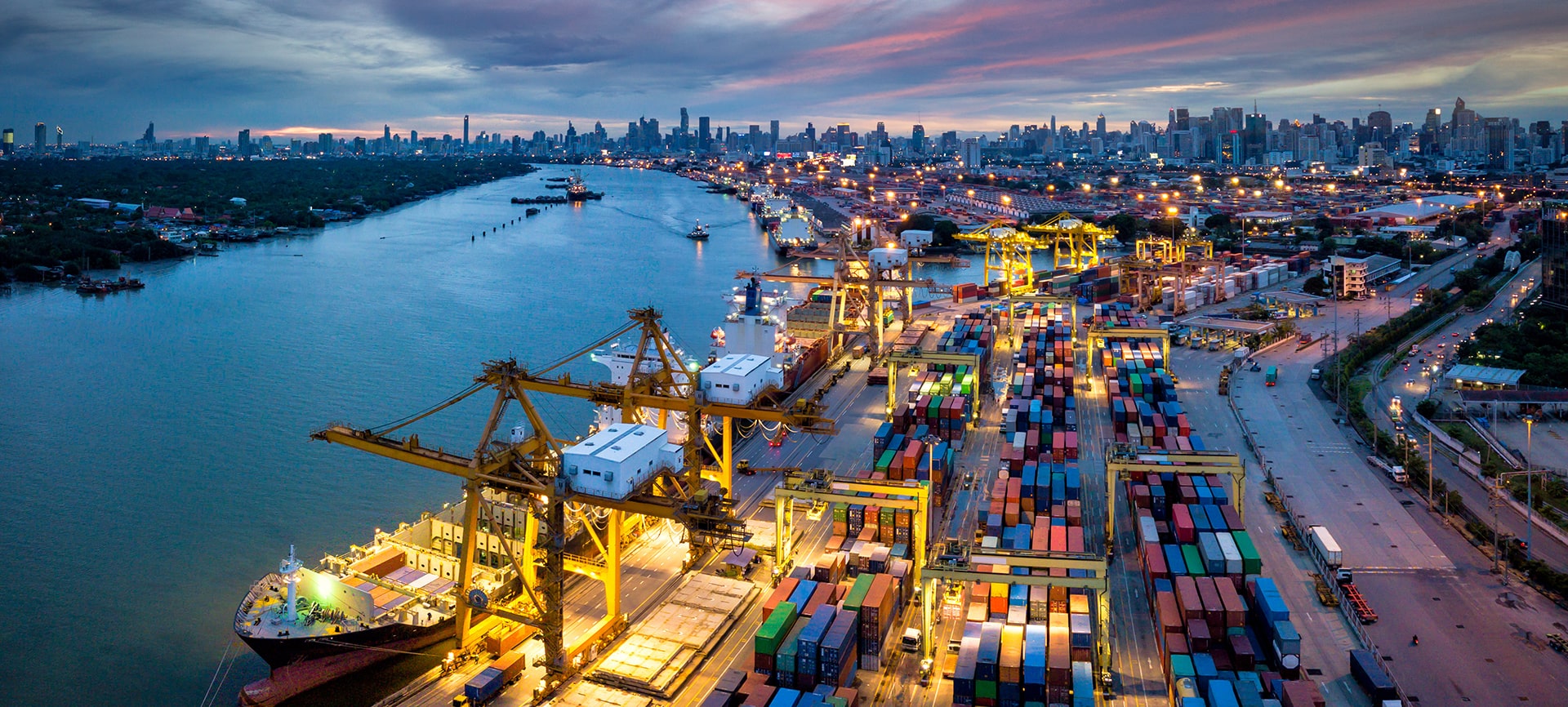Posted on: August 26, 2024 / Last updated: August 27, 2024
Rising Sea Freight from Asia to North America Again! Impact of Strikes and Presidential Elections

Container shipping rates from Asia to North America are on the rise again.
Factors contributing to this increase include the uncertainty of labor negotiations on the North American East Coast, a railway strike in Canada, and the impact of the U.S. presidential election.
There is significant interest in how these factors will influence future rate trends.
CONTENTS
Rising Rates During Peak Season
Since mid-August, container shipping rates from Asia to North America have been climbing once more.
Although the first half of this year saw some stabilization, we are currently in the peak season with a steady flow of cargo.
As of August 22, rates from Shanghai to Los Angeles were reported to be $6,401, and from Shanghai to New York, $8,811.
Impact of Strikes and Labor Negotiations
One factor driving the rate increase is the strike on Canadian railways and the uncertainty of labor negotiations on the North American East Coast.
In Canada, two major railway companies have enforced lockouts, leading to difficult labor negotiations.
Despite government intervention, talks have broken down, drawing attention to potential future impacts.
The unstable situation of Canadian railways, which accounts for one-third of cargo heading to the U.S., significantly affects the supply chain.
Impact of the U.S. Presidential Election
Additionally, the U.S. presidential election might also influence freight rates.
If Trump is re-elected, tariffs on goods from China to the U.S. are expected to increase, likely leading to more shipments being expedited.
It remains necessary to closely monitor how this movement will affect future container shipping rates.
Focus on Future Rate Trends
Rates are also affected by bottlenecks in the supply chain.
Once congestion occurs, it takes time to resolve, which may lead to further rate increases.
Given the current instability, it is crucial to pay attention to future trends.





![[Breaking] U.S. to Introduce Port Entry Fees on Chinese Ships|What’s the Impact on Ocean Freight and Supply Chains? | IINO san's Logistics News](/wp-content/uploads/2025/04/20250421en-640x360.png)
![[Industry Trends] MSC Becomes First to Reach 900 Vessels! Focus Shifts to North-South Routes with Independent Operations | IINO san's Logistics News](/wp-content/uploads/2025/04/20250417en-640x360.png)
![[Maritime Shipping Now] Container Freight Rates Remain Flat – What Lies Ahead? Impact of US-China Tensions | IINO san's Logistics News](/wp-content/uploads/2025/04/20250415en-640x360.png)




